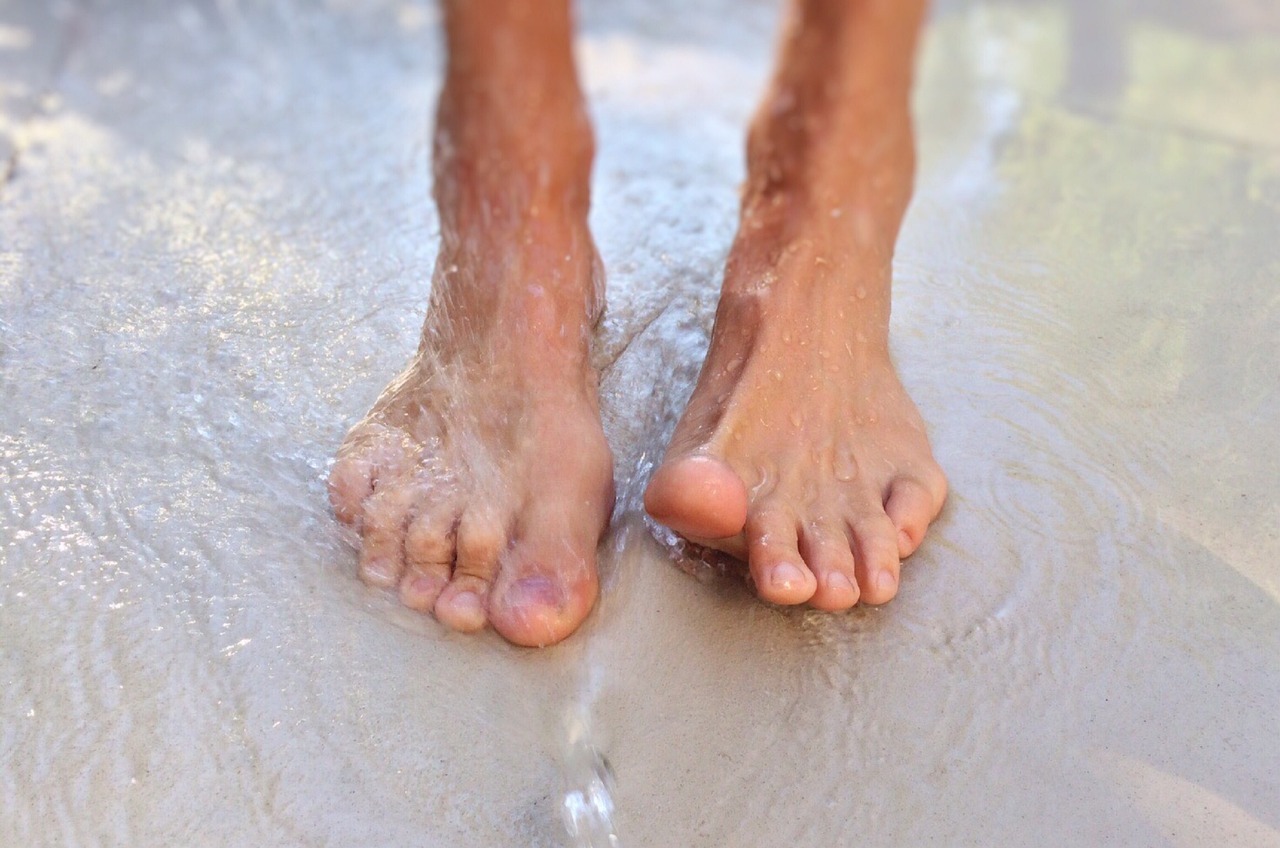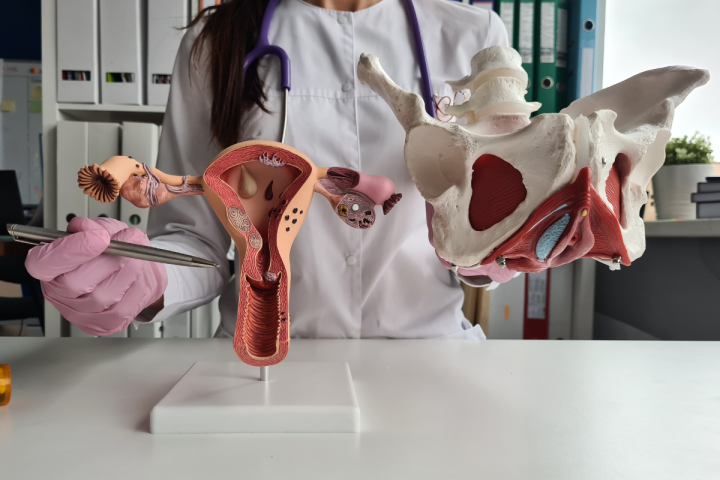As the human foot is subjected to a lot of stress and various types of trauma, it results in various deformities causing pain and discomfort, as well as aesthetic problems. These include hallux valgus.
What are hallux valgus?
Hallux valgus is otherwise known as hallux valgus toes and is one of the more common orthopaedic complaints. They occur much more frequently in women than in men and mostly occur after the age of 50.
The term 'hallux' itself etymologically derives from the Latin phrase hallux valgus and refers to the external positioning of the toe. The term 'hallux valgus toe' is also used for this condition.
A hallux is a malalignment of the big toe, which is caused by a change in the alignment of the metatarsal bone and the biomechanics of the foot. The bone connecting to the toe then protrudes from the inside of the foot, and the big toe tends to move towards the next toe and begins to overlap it.
Over time, these changes can cause inflammation within the deformed joint.
Symptoms of hallux valgus
The increasing deformity of the foot affects the sensation of pressure, especially after putting on shoes, and causes an abnormal gait. In addition to the misalignment of the toe, a painful thickening at the base of the toe appears on the inside of the foot. Other symptoms that accompany hallux valgus include:
- exudative bursitis, which occurs at the level of the metatarsophalangeal joint,
- painful thickening of the epidermis caused by pressure,
- Subluxation of the metatarsophalangeal joint,
- sometimes swelling redness and blisters,
- severe pain in the foot when wearing normal shoes,
- chronic inflammation of the toe and deformity of the toe,
- stiffness of the toe,
- pain not helped by non-steroidal anti-inflammatory drugs.
Causes of hallux valgus formation
Causes of hallux valgus formation are largely genetic, with 70 per cent of their incidence appearing familial in the female line. They are mostly caused by increased ligamentous flaccidity that poorly stabilises the footbone. It affects the instability of the first metatarsal bone and causes it to shift.
Also, the presence of various types of defects influences the appearance of hallux valgus. These include:
- longitudinal flatfoot,
- valgus calcaneus,
- contracture of the triceps calf muscle,
- rheumatoid arthritis
- polio.
However, there are a number of causes of hallux valgus that are within our control. According to a study conducted by the American Orthopaedic Foot and Ankle Society, one of the most significant is the wearing of inappropriate footwear, for their calculations show that 88 per cent of women in the United States wear shoes that are too small, 55 per cent of whom have hallux valgus. A particular cause of hallux valgus formation is wearing shoes with narrow tips and high heels. In addition, the following also contribute to the development of hallux valgus:
- avoiding movement,
- overweight,
- injuries,
- standing lifestyle,
- Egyptian foot shape (longest first toe, with the others decreasing in a straight line).

How to treat hallux valgus?
Depending on the severity of the condition, there are several methods of treating hallux valgus. Initially, conservative treatment, i.e. wearing orthotics, weight reduction and muscle-strengthening exercises for the foot, may suffice. It can also be effective physical therapy analgesic and anti-inflammatory therapy and kinesitherapy.
If there is no improvement, hallux valgus surgery can also help, which must be done before destruction of the metatarsophalangeal joint occurs, leading to the need for an endoprosthesis and a prolonged period of rehabilitation.
What does hallux valgus surgery involve?
Hallux valgus surgery involves cutting off the misplaced bone fragment and correcting the toe joint. Once the first metatarsal bone has been cut, it is fused with small titanium screws and, if necessary, the defects in the other toes are corrected..
The procedure takes about 2 hours and is painless as it is performed under anaesthesia.




